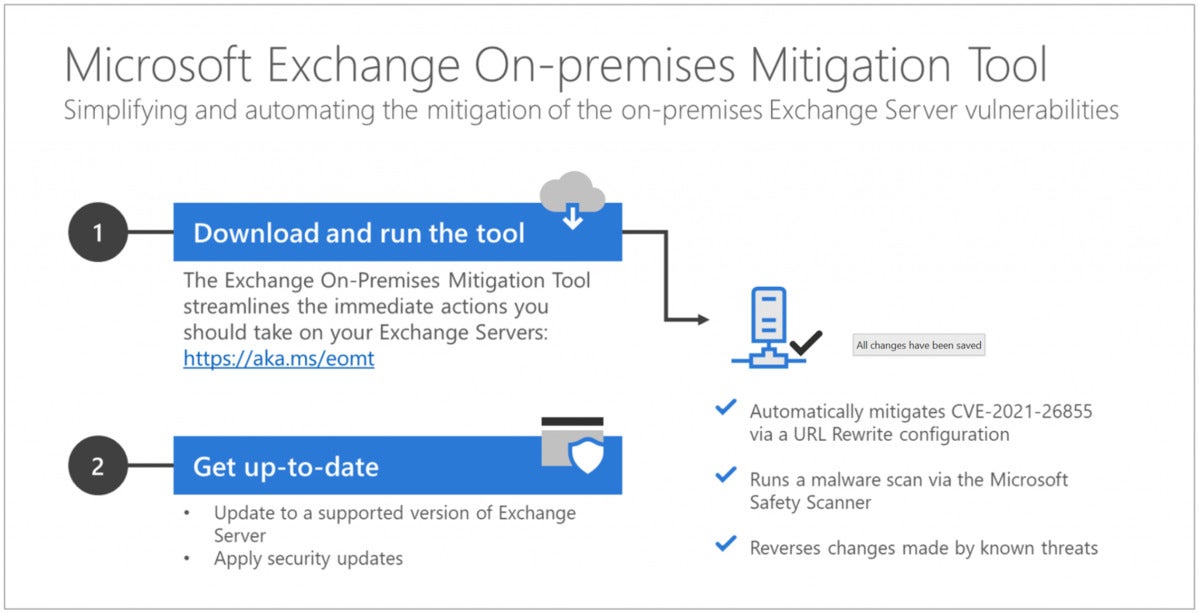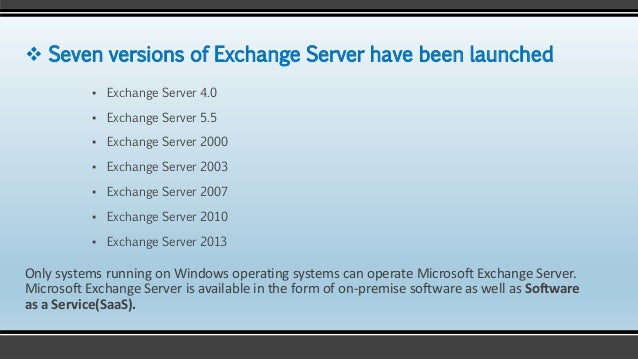
This is by design in Exchange Servers older than 2013. However, in Exchange Server 20, the build number displayed by Get-ExchangeServer with AdminDisplayVersion selected does not reflect the actual build number properly.

The command above will produce a tailored list of all Exchange servers in your environment with their names, roles and edition displayed. Get-ExchangeServer | select name, serverrole, edition | fl To get a list of all your Exchange servers, execute the following PowerShell cmdlet in your Exchange Management Shell: Notice the CAS role missing in the serverrole property despite IsClientAccessServer returning True. In that case, see if the IsClientAccessServer property returns True (which means that your server is CAS).įig. Exchange 2010 + Exchange 2013), the above-mentioned cmdlet will display proper results only when executed in the Exchange Management Shell of the newer Exchange Server.īe aware that if the cmdlet above is executed in Exchange Server 2016 CU2 (build 466.34) or newer, the serverrole property will not display info on the CAS roles installed, and this is by design. two or more Exchange servers with different Microsoft Exchange Server versions installed (e.g. Keep in mind that in heterogeneous (mixed) environments, i.e. The command above will produce a tailored list of all Exchange servers in your environment with their names, roles, editions and versions displayed. Get-ExchangeServer | select name, serverrole, edition, admindisplayversion, isClientAccessServer | fl

To get a list of all your Exchange servers, execute the following PowerShell cmdlet in your Exchange Management Shell: Exchange 2013 and later, or mixed environments See this section for older Exchange Servers, i.e. See this section for newer Exchange Servers, i.e. You need to list all your Exchange servers along with their installed roles or check the build version number of your Exchange Server.

How to list Exchange servers and their roles


 0 kommentar(er)
0 kommentar(er)
